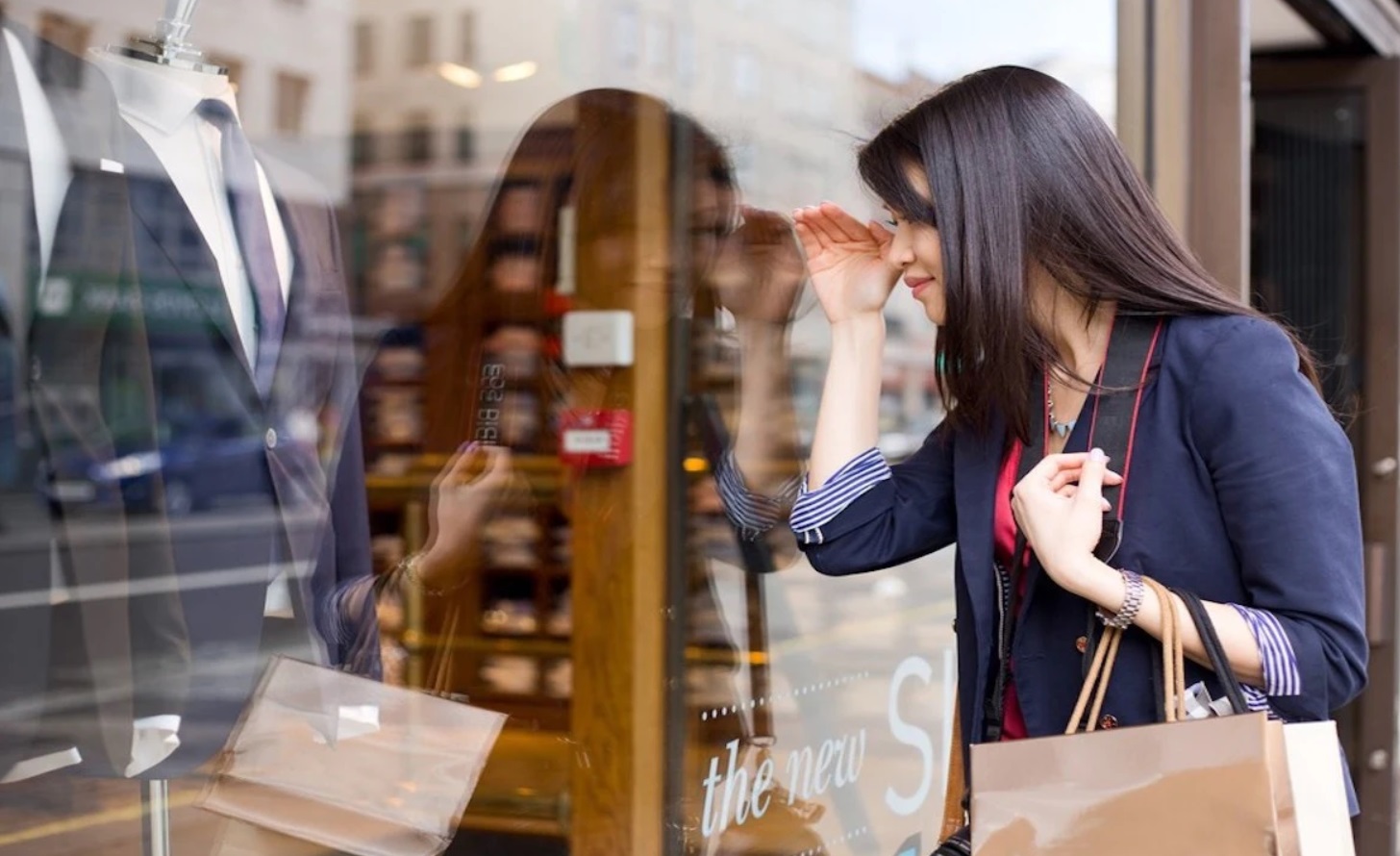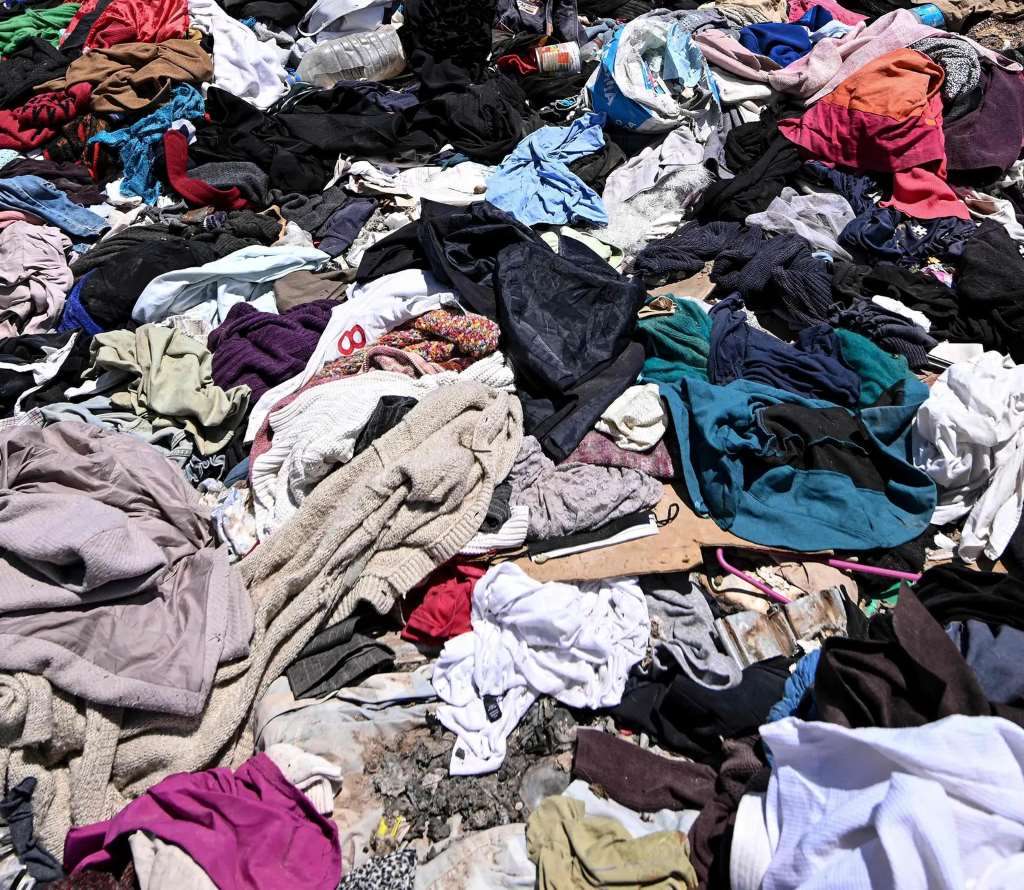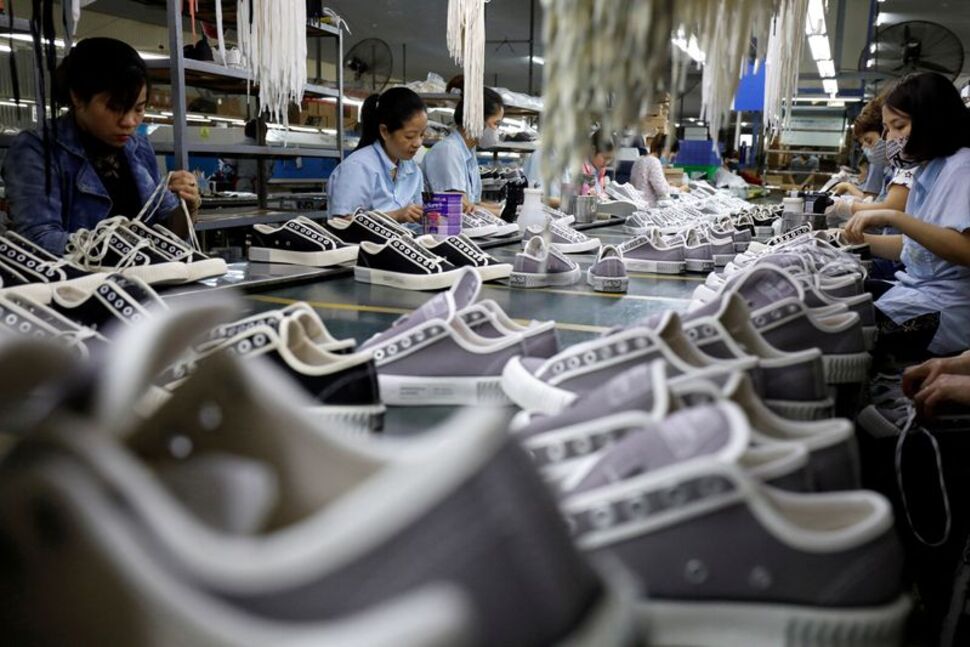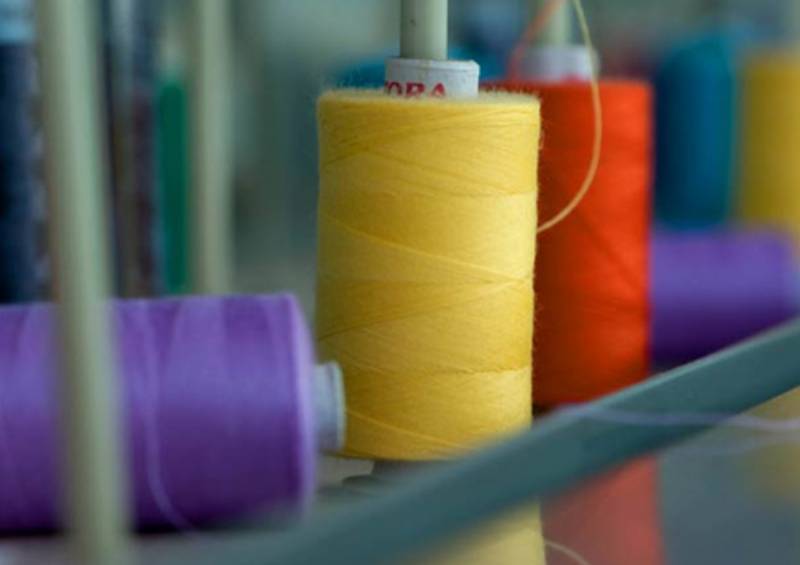
China's luxury market, once a growth engine for global brands, has hit a rough patch. After years of double-digit expansion, sales dipped by 10 per cent in 2022, marking the first decline in five years reveals Bain & Company’s study, ‘Setting a New Pace for Personal Luxury Growth in China’. This shift in consumer behavior has sent ripples through the luxury industry, prompting brands to adapt their strategies.
Reasons for the downturn
Several factors have contributed to the market's turbulence viz:
Zero-Covid policy: Strict lockdowns and travel restrictions hampered in-person shopping and duty-free purchases, a significant portion of Chinese luxury spending says Daxue Consulting study, ‘China's luxury market: shifting consumer values & retail experience’. The strict lockdowns and travel restrictions severely hampered in-person shopping and duty-free purchases, which were a major driver of luxury sales.
Economic jitters: A cooling real estate market, rising unemployment, and Covid anxieties dampened consumer confidence and discretionary spending reports Jing Daily in ‘From boom to uncertainty: Luxury brands face uphill battle as China's growth slows’.
Shifting priorities: Younger generations, a crucial growth engine, are prioritizing experiences and value over logos, with a growing focus on sustainability and social responsibility say McKinsey & Company study. Sustainability and ethical practices are becoming more important purchase drivers.
Impact on global brands
The 2022 market decline hit major brands hard. Kering, which owns Gucci and Saint Laurent, reported a 13 per cent sales drop in China. LVMH, home to Louis Vuitton and Dior, saw a more moderate 3 per cent decline. Indeed, China's share of global luxury sales is significant. For Kering, China accounted for 32 per cent of sales pre-pandemic, while LVMH got around 30 per cent from the region.
Table: Dip in sales of leading luxury brands
|
Brand |
Parent Company |
% Share of China Sales (Global) |
Sales Growth in China (2022) |
|
Louis Vuitton & Christian Dior |
LVMH |
~40% |
-10% |
|
Chanel |
N/A |
~30% |
Not publicly available |
|
Gucci & Bottega Veneta |
Kering |
~35% |
-15% |
|
Hermès |
N/A |
~40% |
Low single-digit decline |
|
Prada & Miu Miu |
Prada Group |
~35% |
-8% |
To adapt to the changing situation luxury brands are ramping up their online presence, offering seamless e-commerce experiences and leveraging social media marketing to reach younger consumers. They are also expanding their domestic store networks due to less international travel in smaller cities and tailoring marketing campaigns to local preferences. Experiential retail is on the rise as luxury brands are creating immersive in-store experiences to engage customers and build brand loyalty. This includes exclusive events, personalized services, and interactive displays.
China's allure endures
Despite the challenges, China remains a crucial market for luxury brands in the long term. In the short-to-mid term recovery is expected with ease as consumer confidence rebounds. However, pre-pandemic growth rates might not be immediately replicated. In the long term China's luxury market is projected to see continued growth, driven by a rising middle class and evolving consumer preferences. Brands that adapt to the changing landscape and cater to a more sophisticated shopper will be well-positioned to succeed.
The highlight is China's luxury market is undergoing a significant transformation. While the immediate future might be bumpy, brands that embrace digitalization, cater to local preferences, and prioritize sustainability are likely to thrive in the long run. The focus is shifting from conspicuous consumption to a more discerning and experience-driven approach to luxury.












